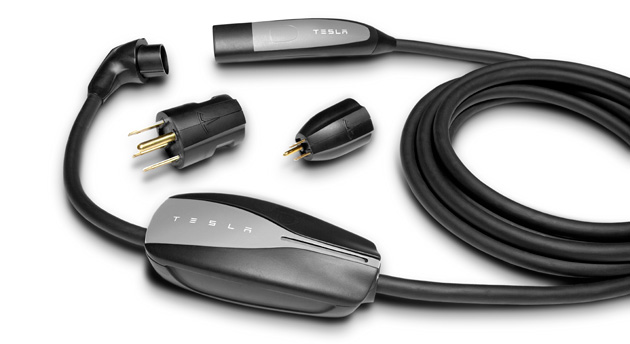gadfly56
Senior Member
- Location
- New Jersey
- Occupation
- Professional Engineer, Fire & Life Safety
Price, range, and recharge time.
Hat trick! You couldn't ask for a better, clearer answer.
Price, range, and recharge time.
Just because they haven't yet doesn't mean they never will. With gasoline trending toward $1/gal it won't happen for a while, and the emerging tech behind them obviously needs more development, but if you take the long view it's virtually inevitable.wow, so many more pro's than con's for EV's, so why havent they taken over the world?
Terminology: charger is the device that provides the specific voltage/current profile DC needed to charge the battery. This is built into the car.If all cars have a built in charger then why, in the past, have I had to wire chargers on the wall for these cars?
wow, so many more pro's than con's for EV's, so why havent they taken over the world?
Price, range, and recharge time.
Just because they haven't yet doesn't mean they never will. With gasoline trending toward $1/gal it won't happen for a while, and the emerging tech behind them obviously needs more development, but if you take the long view it's virtually inevitable.
Reality vs. Idealology.
well, if we support the US Constitution you should be able to pay for energy and use it any way you like, .
LOL.
Where does the Constitution say that?
With respect, I don't think it's just money. It's inconvenience.In short, money.
Thank you kindly.Hat trick! You couldn't ask for a better, clearer answer.
With respect, I don't think it's just money. It's inconvenience.
An example from here, UK.
A couple of years ago, my wife and I went to Cornwall on holiday. From where we live, Dunstable, it would have required two ten hour stops charging from a standard outlet. Each way. In a Nissan Leaf. Not convenient at all.
Terminology: charger is the device that provides the specific voltage/current profile DC needed to charge the battery. This is built into the car.
The device you are installing on the wall is an EVSE, you could call it a "charging station" or "charge cord" or whatever you like. It's basically a GFCI, a contactor, and a signal generator to tell the car how much current it can safely draw.
Cheers, Wayne

With respect, I don't think it's just money. It's inconvenience.
An example from here, UK.
A couple of years ago, my wife and I went to Cornwall on holiday. From where we live, Dunstable, it would have required two ten hour stops charging from a standard outlet. Each way. In a Nissan Leaf. Not convenient at all.
No where does the Constitution permit Congress to regulate light bulbs.
...
"The powers not delegated to the United States by the Constitution, nor prohibited by it to the States, are reserved to the States respectively, or to the people."
I hear that's not a great place for solar power.
So the states or the people may regulate light bulbs and other consumption and production of energy. Thanks for bolstering my point.
Yes, lived. Note past tense.I thought you lived in Watford.
No where does the Constitution permit Congress to regulate light bulbs.
I agree that CFLs are a poor means of providing illumination. I also agree that there is much with which to be dissatisfied in the way the US government works, or rather, does not work, but the light bulb issue is very small potatoes. Get over it and move on to LEDs.
I have had mixed results from CFLs but all the LEDs I have installed are doing great. I have had CFLs fail after only a year or two; my oldest LED is about six years old and it shows no signs of deterioration.Constitutional issues aside, I have many of the same objections to LED's as I do CLF's. My personal experience with CLF's is that they last about a year in normal service, well under the originally promised life of seven (7) years or about 21,000 hours. As a result, the replacement costs overwhelm the operational savings. I'd like to see some real-world data on lifetimes for LED's. In addition, others on this site have alluded to the fact that there is a roll-off in output, something incandescents don't have to any significant degree. What's a typical roll-off curve going to look like? Is life based on some arbitrary limit such as 70% of installed brightness or when you get the last glimmer out of a bulb? In my view, LED's are too close to bleeding edge technology as far as general consumer lighting is concerned.
I have had mixed results from CFLs but all the LEDs I have installed are doing great. I have had CFLs fail after only a year or two; my oldest LED is about six years old and it shows no signs of deterioration.

